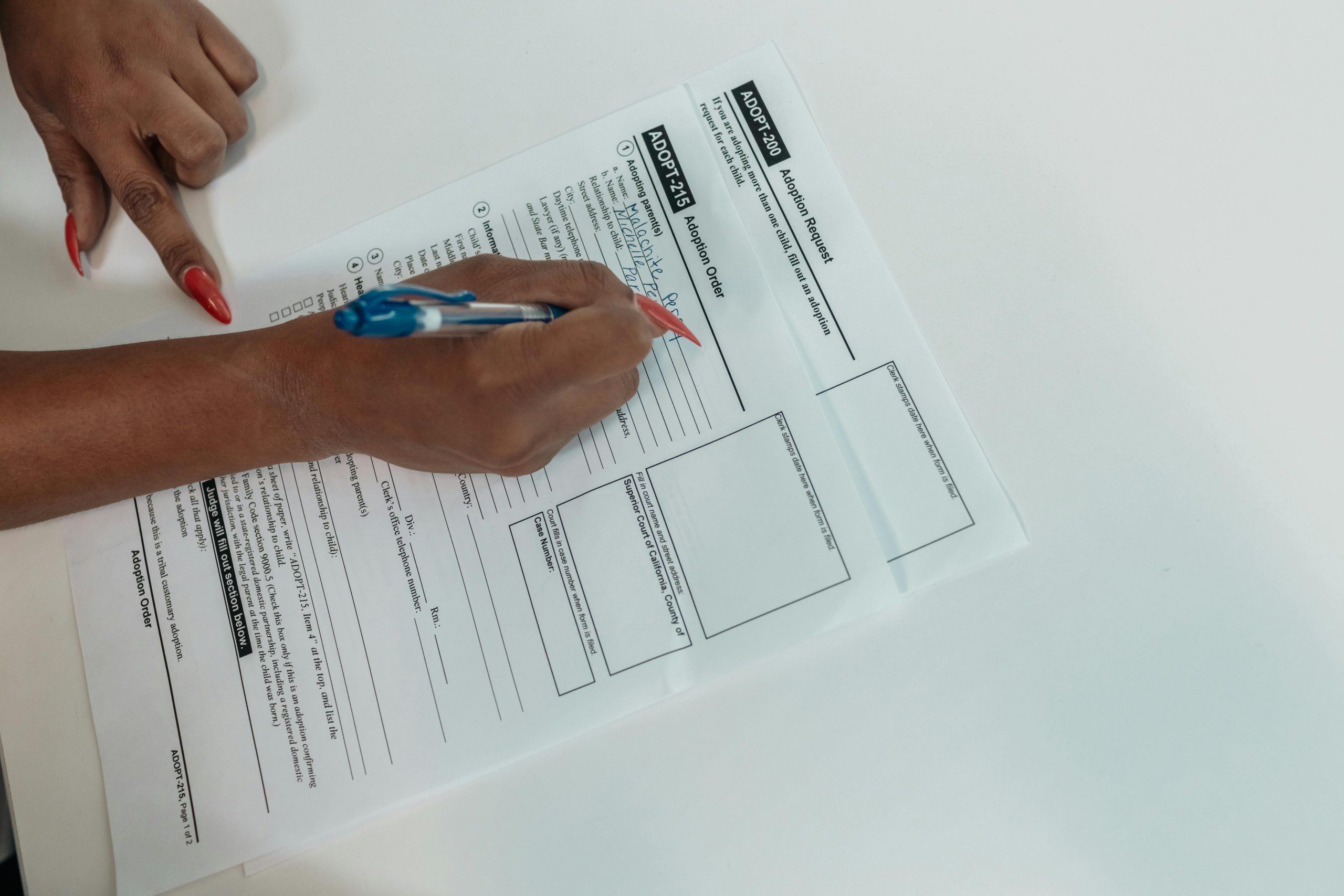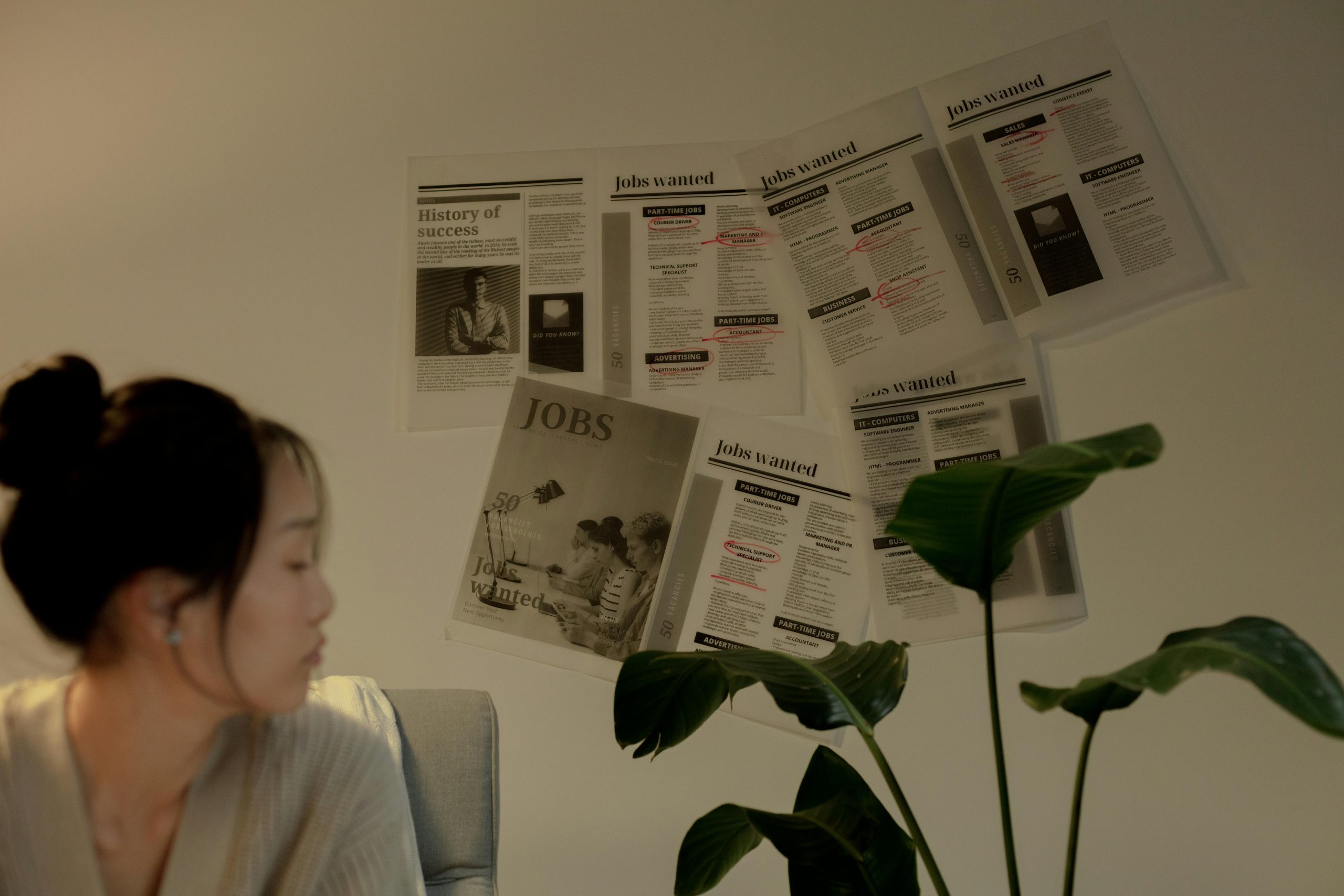[MN] Should I Pursue Diminished Value?
I’m trying to get a better grasp on diminished value and whether it’s worth pursuing in my situation. I own a 2020 Mercedes-Benz GLC300 with 40K miles. According to Kelley Blue Book, its value is estimated between $23K and $26K, yet I’ve noticed that dealerships are pricing similar models with less than 50K miles at over $34K.
Unfortunately, my car was recently damaged when someone at work hit my bumper, scratching the paint on two panels and causing a dent. The repair costs will exceed $6K.
Since the other driver is responsible for the accident, should I inform their insurance that I’m seeking diminished value right from the start? How is diminished value determined? Is it calculated based on KBB values, current market listings, or a different method? Specifically, will it reflect the difference between my car’s value before the accident and its value after on KBB, or rather what it would actually sell for at a dealership before and after the incident?




Pursuing diminished value can definitely be worth it, especially since your vehicle is a luxury model and the repairs are significant. Here are some things to consider:
Diminished Value Definition: Diminished value refers to the loss in a vehicle’s market value after it has been damaged and repaired, even if the repairs restore the car to its pre-accident condition.
Types of Diminished Value: Typically, there are three types of diminished value:
Repair-related Diminished Value: The loss in value due to the nature of the repairs that were made.
Calculating Diminished Value:
Since luxury vehicles like yours may suffer a higher inherent diminished value, it may be worth investigating multiple calculations from various sources.
Communication with Insurance: When dealing with the at-fault driver’s insurance:
Documentation will be key: Gather repair estimates, pre-accident vehicle values (KBB, market comparisons), and any documentation that supports your claim.
Market Comparison: Since you noted a discrepancy in pricing (KBB vs. dealership prices), focus on using the dealership prices for your claim as they can reflect the actual market demand.
Consult Professionals: It might also be beneficial to consult a diminished value expert or appraiser, especially for higher-value vehicles. They can help provide a professional assessment that strengthens your claim.
Lastly, keep in touch with your insurance adjuster and be prepared for some back-and-forth negotiations, as insurance companies may initially be reluctant to pay out for diminished value claims. Good luck!